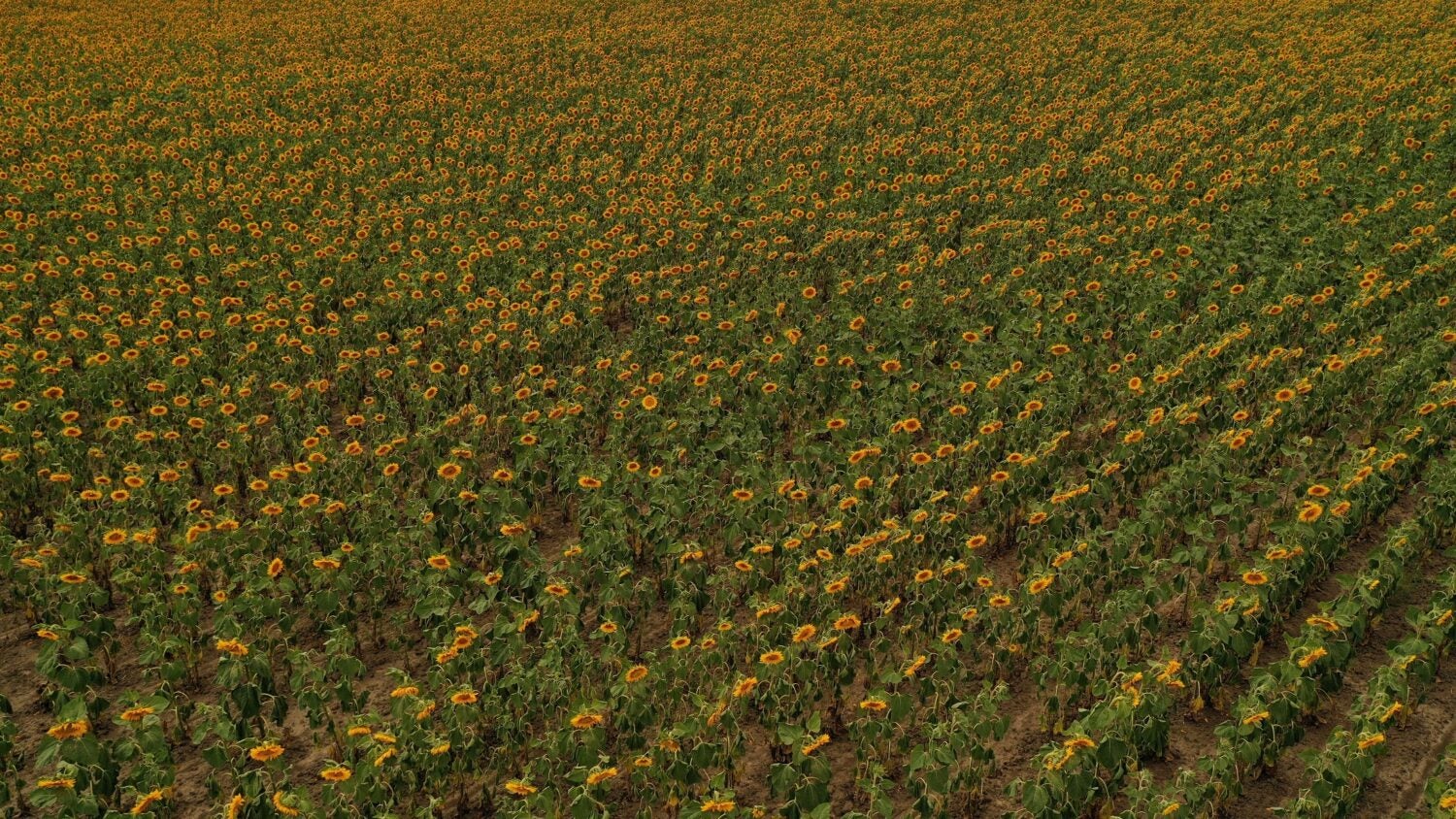At the time of writing, Russian tanks have stormed into Ukraine from several directions while cruise missiles bombard the country’s cities and military installations. This full-on invasion, which began the morning of 24 February, has been long in the making.
Its orchestrator, Russian President Vladimir Putin, started building up to this moment, rhetorically and politically speaking, years before he amassed 100,000 troops along the Ukrainian border at the start of 2022.
Putin’s historical romanticism for Ukraine, one of the founding nations of the Soviet Union, has been well known for decades, but it is his 5,000 word essay (which reads more like a blog post) that will be remembered as his last and most significant casus belli. Made public in mid-2021, it is both a masterclass in disinformation and a love letter to the ‘oneness’ of the Russian and Ukrainian people.
Indicatively, Putin’s blog drew little upon the riches of the Ukrainian economy. While the leader no doubt romanticises the shared culture and heritage of the two countries, as glorified (for him) during the Soviet Union, he is strategically taciturn about Ukraine’s obvious economic allure – and some allure it is, as shown by the rankings below.
Ukraine’s draw for foreign investors is obvious
Like Putin, foreign investors have also seen the opportunity that is the Ukrainian economy, which is why, even in 2020, six years after a simmering conflict that has brewed since Russia’s 2014 Ukraine incursion, there was still almost $50bn of accumulated foreign direct investment in the country.
Over the past three decades, hundreds of foreign companies have opened up shop across Ukraine (mostly in its western regions that border the EU), with the biggest investors being German automotive companies. Ukraine is an important part of the EU’s car component supply chain. Meanwhile in Kyiv and Lviv, more than 100,000 people are employed in business process outsourcing for the world’s big tech companies, such as Facebook.
“Ukraine offers a large consumer market, a highly educated and cost-competitive workforce, and abundant natural resources,” says the 2021 Investment Climate Statement from the US Department of State.
The country’s bountiful potential is one reason why it has become such a leading destination for the European Investment Bank (EIB), which invested €554m ($620.1m) in vital infrastructure across the country in 2021. Ukraine is the EIB’s top recipient of investment in the Eastern Neighbourhood, accounting for more than 60% of the bank’s lending in the region.
The value of Ukraine’s economy, as well as the urgency of the unfolding crisis, is reflected in the stock market’s reaction to the 24 February invasion of the country. Wall Street has plunged, with the Dow Jones Industrial Average falling by more than 800 points, while, much to Putin’s benefit, the price of oil has jumped to a seven-year high of nearly $105 a barrel (not a coincidental gain for oil-rich Russia).
To better understand the riches of Ukraine’s economy, the following section of this article will list the global ranking of Ukraine’s key resources and exports.
Ukraine natural resources rankings
First in Europe in proven recoverable reserves of uranium ores
Second place in Europe and tenth place in the world in terms of titanium ore reserves
Second place in the world in terms of explored reserves of manganese ores (2.3 billion tonnes, or 12% of the world’s reserves)
Second-largest iron ore reserves in the world (30 billion tonnes)
Second place in Europe in terms of mercury ore reserves
Third place in Europe (13th place in the world) in shale gas reserves (22 trillion cubic metres)
Eighth place in the world in coal reserves (33.9 billion tonnes)
Ukraine agriculture ranking
First in Europe in terms of arable land area
First place in the world in exports of sunflowers and sunflower oil
Third place in the world by the area of black soil (25% of world’s volume)
Third-largest producer of potatoes in the world
Fourth place in the world in barley production and fourth place in barley exports
Fourth-largest rye producer in the world
Fifth-largest producer and fourth-largest exporter of corn in the world
Fifth place in the world in honey production (75,000 tonnes)
Fifth place in the world in wheat exports
Ukraine industry ranking
Second-largest in Europe and seventh-largest in the world in terms of installed capacity of nuclear power plants
Third-largest gas production and the fourth-largest gas market in Europe (with the fourth-largest natural gas pipeline system in the world, supplying 142.5 billion cubic metres of gas throughput capacity in the EU)
Third-largest iron exporter in the world
Fourth place in Europe and 13th in the world in terms of rail network length (21,700km)
Third place in the world in clay exports
Fifth place in the world in titanium exports
Ninth place in the world for exports of ‘ores, slag and ash’
12th-largest steel producer in the world
One of the world’s largest manufacturers of rocket launchers
With assets such as these, it is easy to see why Russia’s ongoing invasion of Ukraine is not just about irredentism but also long-term economic interests that Putin probably hopes will offset what is sure to be a very costly military campaign, complete with Western sanctions on Russia.




